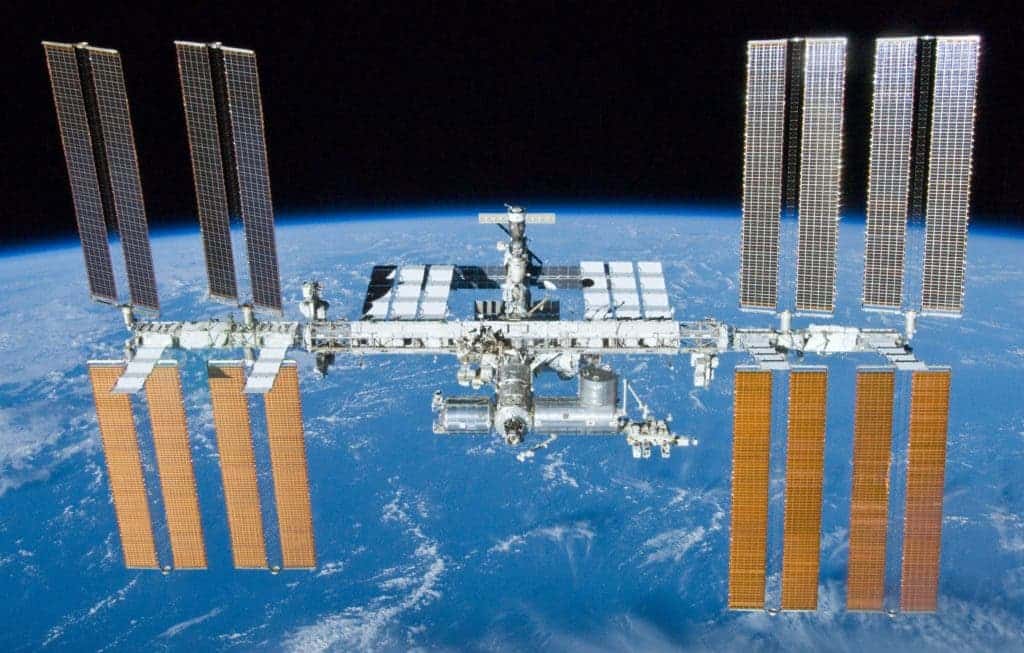A rather distressing new study found bacteria cultured in microgravity exposed to common antibiotics responded radically different than here on Earth. Researchers report the bacteria essentially shapeshifted, growing smaller cell volumes and thicker membranes, which made them far more resilient. This raises multiple concerns if humanity is ever to become an interstellar space faring species.

The E. coli bacteria were sent to the International Space Station in 2014 as part of an experimental project headed by CU Boulder’s BioServe Space Technologies. For two days, astronauts on board the station used high-tech incubators and test tubes to initiate the experiment. It was then sent on a commercial SpaceX Dragon spacecraft several months later.
During the experiment, several different concentrations of the antibiotic gentamicin sulfate were thrown at the bacterial cultures. This is a drug that kills them easily on Earth. In the near weightlessness of the ISS, however, these puppies proved far more resilient.
Tests showed a 13-fold increase in cell numbers and a 73 percent reduction in cell volume size compared to an Earth control group. The paper published in Frontiers in Microbiology went on to trace other startling cellular differentiations. For one, the bacterial cell envelope — comprised of the cell wall and outer membrane — became thicker, offering the bacteria enhanced protection against the antibiotic. Secondly, the space-borne bacteria tended to grow in clumps. This way, the outer bacterial cells acted like a shield for the inner cells, enhancing the survivability of the bacterial culture at large.
In space, there are no gravity-driven forces like buoyancy and sedimentation. The only way drugs can interact with bacteria is through natural diffusion. As such, when the E. coli drastically shrank, the antibiotic-bacteria surface interface drastically decreased as well.
What’s more, the bacteria also grew outer membrane vesicles—small capsules that form outside the cell walls and act as messengers for cells to communicate with each other. When these vesicles pass a certain threshold, the bacterial cells can initiate the infection process.
“We knew bacteria behave differently in space and that it takes higher concentrations of antibiotics to kill them,” said lead autho Luis Zea, a BioServe Research Associate. “What’s new is that we conducted a systematic analysis of the changing physical appearance of the bacteria during the experiments.”

“Both the increase in cell envelope thickness and in the outer membrane vesicles may be indicative of drug resistance mechanisms being activated in the spaceflight samples,” said Zea. “And this experiment and others like it give us the opportunity to better understand how bacteria become resistant to antibiotics here on Earth.”
If bacteria are indeed harder to crack in outer space, we have a problem. Where humans go, bacteria follow closely — inside our guts even, where they outnumber somatic cells at least ten to one. If astronauts get sick, common antibiotics might not respond. People might die.
Research such as this is thus of the utmost importance for future space travel. By understanding how bacteria react with other organisms and antibiotics, we might one day find the safest course of action to travel to Mars and, hopefully, out of the solar system.
It’s becoming increasingly clear, however, that interplanetary travel will be no piece of cake for humans. We have to worry about radiation, the effects of weightlessness on the body and, not least, extremely resilient bacteria. Many biological processes which are very clear and predictable here on Earth become nebulous in space. It’s really a new frontier in science and we must be up to the challenge.


